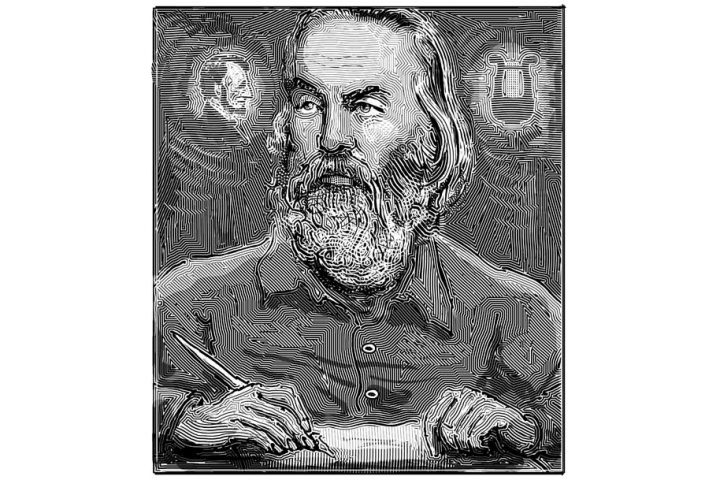Books Reviewed
We’ll always have Rome. From Caesar and Cleopatra to Marcello Mastroianni and Anita Ekberg, from Brutus to Garibaldi, from the Colosseum to the Vatican, the people and places of the city on the Tiber justify the ancient claim that Rome would be a place “without end.” True, what was once the largest metropolis in the world is now merely the fourth-largest city in the European Union, outstripped in population by a city founded, under the name of Constantinople, as a second capital for the Roman Empire. Once known as “New Rome,” Istanbul today is Europe’s largest city.
Yet (old) Rome punches above its weight and carries symbolism beyond its power. During the Renaissance, Machiavelli invented modern politics through his reinterpretation of Roman history. And in the wake of the French Revolution, Napoleon took Rome as the model for his new empire.
But what about us? Outside of Italy, no country has given Rome so large a place in its imagination as the United States. The founders might have flirted with the idea of making America a Christian Sparta, but it was Rome they settled on as a model for the new country, basing much of the Constitution on what they saw as the sober balance of power in the Roman republic.
What ancient Rome built was so big and so long-lasting—the city of Rome had an empire for 700 years and its successor state in the eastern




